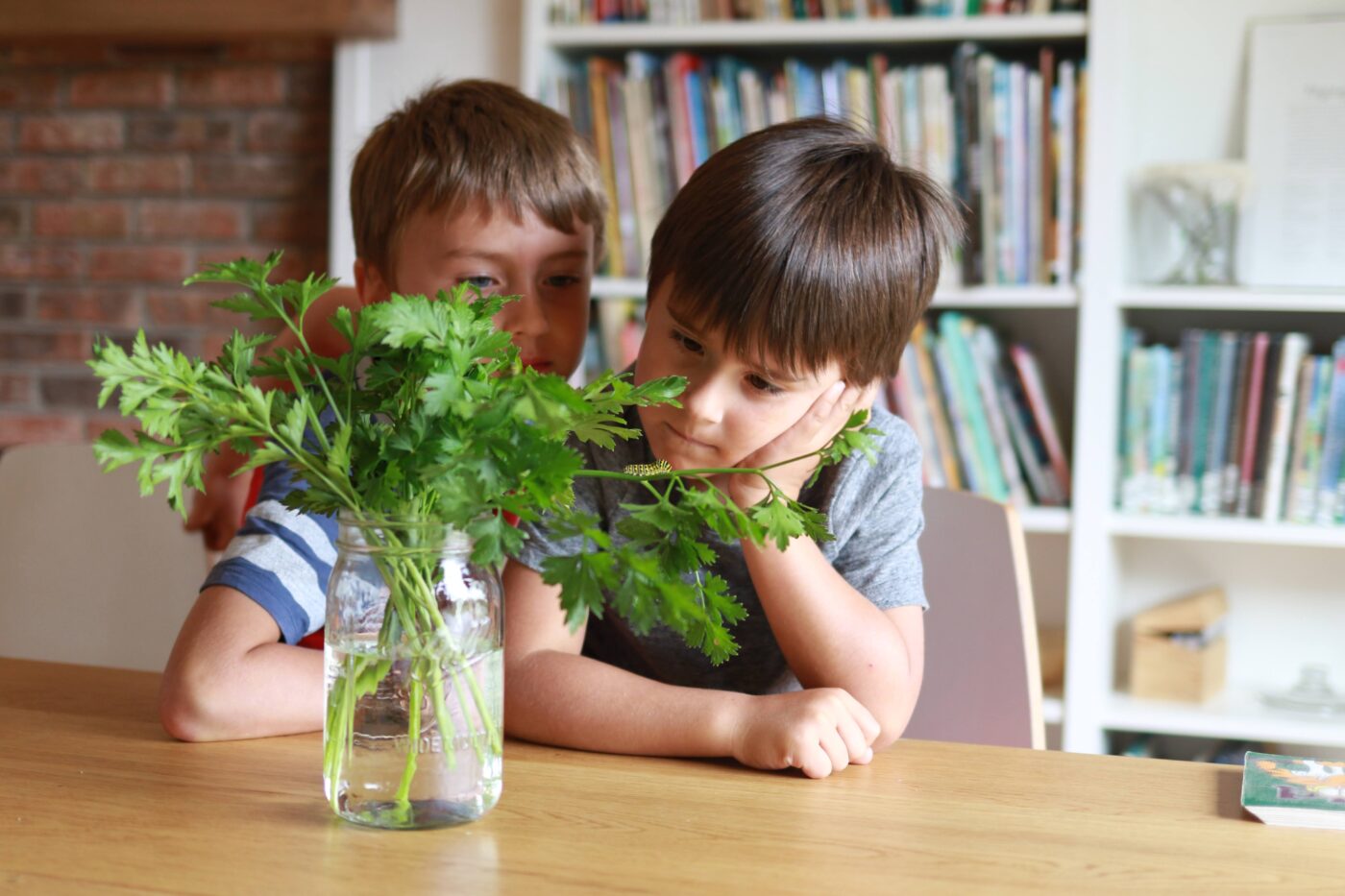You have no items in your cart. Want to get some nice things?
Go shopping
“We were all meant to be naturalists, each in his degree, and it is inexcusable to live in a world so full of the marvels of plant and animal life and to care for none of these things.” (Charlotte Mason)
Nature study is one of those subjects that, more often than not, gets pushed to the side of “more important” subjects.
For most of us this may not be intentional neglect — maybe we live in the city and our idea of what is required of nature study seems out of reach. Or maybe our own education didn’t include nature study and we feel inadequate to teach a subject we know little or nothing about. But nature study shouldn’t be shoved in a junk drawer like a mysterious tool we don’t know what it’s used for, but don’t want to throw away because it might actually be good for something.
Nature study should be a life-long pursuit, and it can be simple and life-giving for the whole family, you just need to understand some basic principles and methods:
Principle #1
The purpose of nature is much more than cramming the mind full of facts about plants and animals. We study nature to develop essential habits of mind, like: attention and observation. We study it to develop the five senses. It is for the intellectual, physical, and spiritual benefits.
A. Thornley, a reverend and naturalist, says this:
“We have found in Nature Study a most potent instrument for the education of our children. For it develops the seeing eye, and the hearing ear; it satisfies the insatiable curiosity of childhood: lays the foundation of Art, in an early appreciate of Beauty; and of science in a gradual perception of law; and last, but not least, of Religion, in that it increases the sense of reverence, wonder, and awe.” (Rev. A Thornley, Parents Review)
Principle #2
We are all students of nature. You don’t have to know a lot about nature to teach it. The best nature study teacher is a student. Your time in nature doesn’t have to be perfect to be edifying. It just needs to be consistent and we need to be an active participant.
“If getting our kids out into nature is a search for perfection, or is one more chore, then the belief in perfection and the chore defeats the joy. It’s a good thing to learn more about nature in order to share this knowledge with children; it’s even better if the adult and child learn about nature together. And it’s a lot more fun.” (Richard Louv, Last Child in the Woods)
Rev. Thornley reassured anxious parents by saying,
“[you] must dismiss from your minds any idea that it is the quantity of knowledge acquired that makes a Nature student. It is rather the particular habit of mind induced in the act of acquiring knowledge which is of the most value to us and our children. For this reason it is that the mere reading about nature is of but little value; but to watch an insect pollinating a flower; to study the arrangement of the buds on the common trees; to rear caterpillars into butterflies; to to watch the little seed growing into the prefect plant such studies as these have a real educational value, they teach to SEE and seeing is a faculty which this generation has shamefully neglected.”
Principle #3
Study real, live plants and animals.
Since the goal of nature study is to nurture habits of mind, as well as ignite wonder and awe, it is much better to study live animals and plants than to read a book or look at a dead specimen (or youtube video!). Living books are definitely a part of the curriculum, but they are not the main source of lessons. Also, nature study is about life, not about science. Botany and biology will come later when we dissect specimens. For now, nature study is about how animals and plants live – how they are born, grow, survive, adapt, and reproduce.
The Method
So, you’re convinced to begin studying nature, but how do you start? What supplies do you need? What does nature study look like on a daily basis with multiple children? What does it look like in a suburb? A city? It is as simple as 1-2-3.
- Take a weekly nature walk around your neighborhood or local park.
- Study a plant or animal. Simply pick a topic to look for and learn more about it, like pine trees or bees.
- Record what you discover and learn in your nature notebook.
Over the next few weeks I’ll delve deeper into each of these methods to share what I’ve learned over the past few years as well as my favorite resources.
You can watch on YouTube or listen as a podcast wherever you listen to podcasts.
